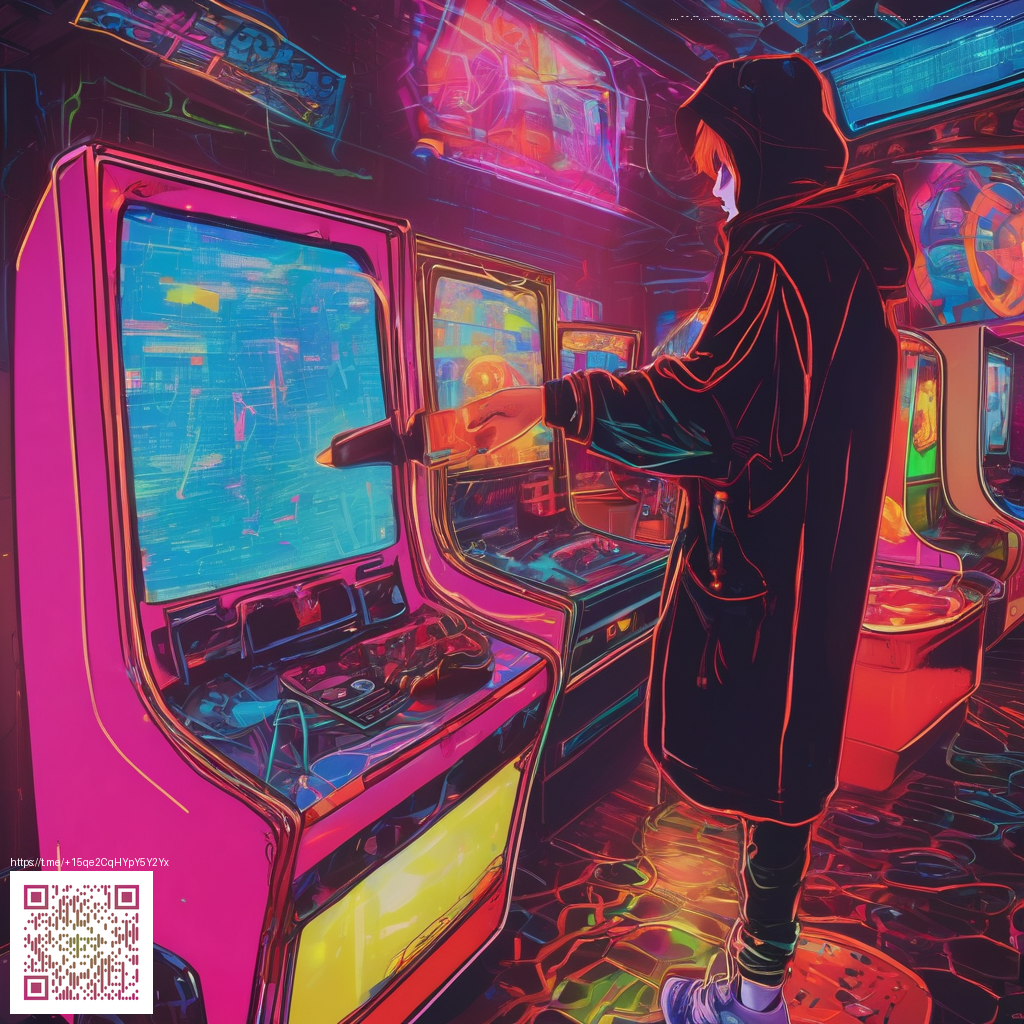Evolution of Voting in Solana DAOs
Solana’s high throughput and low fees are reshaping how decentralized communities govern themselves. Traditional governance often relied on slow, opaque processes that struggled to scale as communities grew. Today, next‑gen voting systems aim to keep participation broad, ensure transparency, and deliver decisions quickly enough to stay in step with fast-moving projects—without sacrificing security or accountability.
As more DAOs experiment with on‑chain governance, the challenge is less about proving that voting works and more about proving that voting is understandable, fair, and resilient. In practice, successful implementations blend robust cryptography with thoughtful user experiences, so members can influence direction even in crowded discussions and tight deadlines.
Why Solana Enables Next-Gen Voting
Solana’s architecture allows real‑time updates to ballots and near‑instant finality. This enables dynamic quorum checks, rapid proposal cycles, and transparent dashboards that show how votes are shaping outcomes. With costs per vote kept manageable, communities can experiment with shorter voting windows and more iterative decision processes, while preserving a secure on‑chain record of every action.
- Low latency, high throughput: proposals move from discussion to vote quickly, keeping momentum and reducing fatigue.
- Programmable voting rules: models can adapt to token dynamics, staking, or time‑based weights to align incentives with long‑term outcomes.
- Delegation and representation: flexible schemas scale participation without overwhelming members with every detail.
- Privacy‑aware options: selective disclosure or zero‑knowledge proofs can protect sensitive decisions while preserving auditability.
- Interoperability: cross‑program governance enables coordinated decisions across multiple Solana programs and ecosystems.
“The most effective on‑chain governance blends clarity with speed, letting members see the impact of their vote without getting bogged down in complexity.”
Design Trends in Modern DAO Voting
Beyond raw speed, communities are rethinking how to present options and measure engagement. Modern voting interfaces increasingly include real‑time status boards, versioned proposals, and plain‑language explanations of what a yes or no means for a project’s trajectory. The goal is to reduce cognitive load while preserving rigor, so participation remains broad and informed.
- Clear proposal scoping and deadlines to prevent stalling and drift.
- Weighted voting models, including token‑based, quadratic, or delegation‑driven schemes.
- Reputation‑aware participation to recognize consistent contributors without excluding newcomers.
- Default auditability with tamper‑evident logs and on‑chain records that are easy to verify.
For long governance sessions, physical comfort can influence decision quality. While not strictly about code, a calm, well‑set desk helps sustain focus during extended deliberations. Consider a simple desk upgrade like the Gaming Neon Mouse Pad 9x7 Personalized Neoprene to keep wrists comfortable and posture steady as votes unfold in real time.
From Off‑Chain Proposals to On‑Chain Decisions
Many DAOs begin with off‑chain discussions to crowdsource ideas before committing to an on‑chain vote. The best systems provide a seamless handoff: a well‑documented proposal with endorsements, followed by a transparent voting window. On Solana, smart contracts and governance programs can enforce rules automatically, reducing disputes and ensuring outcomes reflect the community’s intent rather than loud voices alone.
Implementation Roadmap for Solana DAOs
If you’re considering a transition, here’s a practical checklist to guide your planning:
- Choose a voting model that aligns with your goals—token‑weighted, quadratic, or delegation‑based—and document why you chose it.
- Define quorum rules and thresholds that balance inclusivity with protection against manipulation.
- Audit the on‑chain logic and ensure compatibility with existing Solana programs.
- Build a user‑friendly frontend that explains each proposal, its implications, and the voting timeline.
- Educate the community so members understand how to participate and what each outcome means for the project’s trajectory.
Community‑driven governance on Solana works best when people, processes, and technology align. Clear procedures, transparent data, and approachable UX turn participation from a chore into a shared responsibility—and a strategic advantage for the DAO.
